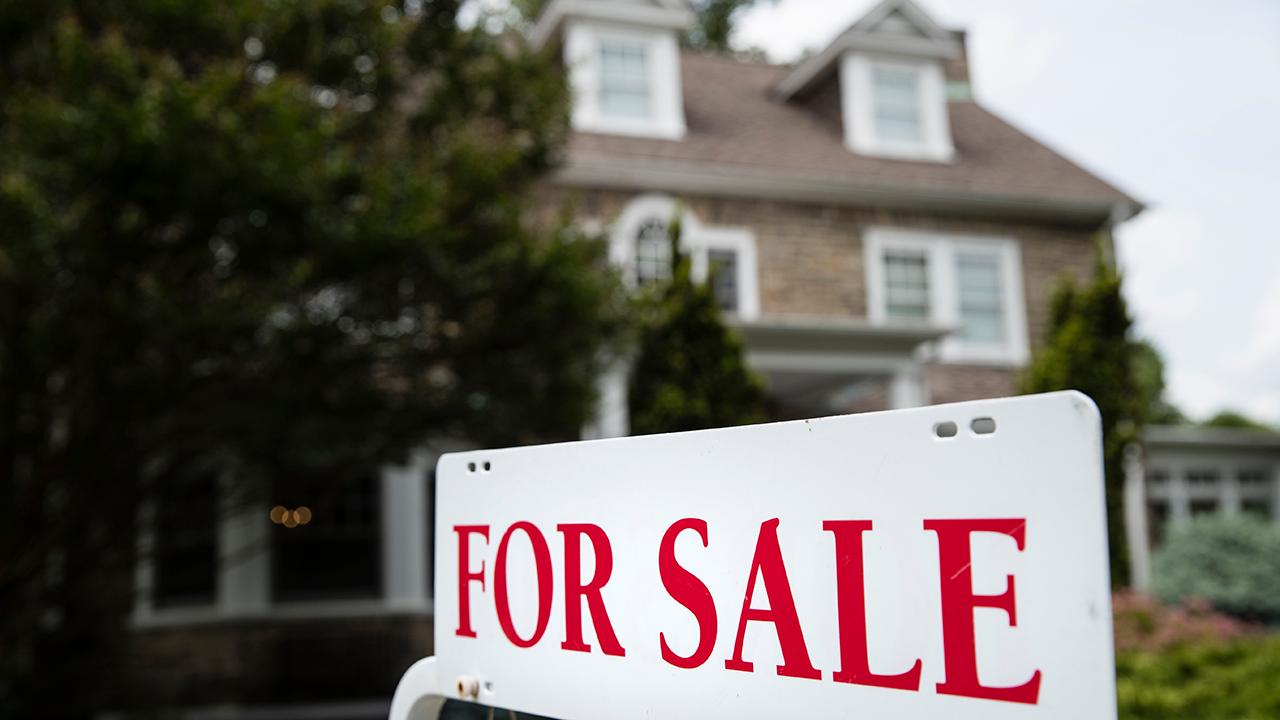Unconventional loans surge in 2018: Housing trouble ahead?
Homebuyers are increasingly opting for nontraditional mortgages – which helped precipitate the housing crisis about one decade ago – potentially foreshadowing trouble as high prices continue to weigh on housing affordability.
Throughout the first three quarters of last year, unconventional mortgages – those that don’t require borrowers to show typical income or other asset verifying documentation – rose 24 percent to $34 billion, according to data from Inside Mortgage Finance, as reported by The Wall Street Journal. While unconventional mortgages accounted for just 3 percent of overall originations during that period – traditional mortgage loans declined.
Unconventional mortgages are intended to help people with unusual circumstances, such as no consistent salary, get a home loan. However, they are considered more risky because they require borrowers to show less, or even no, documentation – which can lead to deceitful practices. These loans can allow borrowers or lenders to overstate assets to help secure a larger mortgage. A scenario whereby borrowers secured larger mortgages than their means allowed for partially precipitated the 2007 financial crisis
Despite an increasing amount of unconventional mortgages, the industry has new “ability-to-repay” standards – a good faith determination on behalf of lenders that a borrower will be able to pay back the loan – which some believe renders the current scenario safer than the pre-crisis environment.
Further, experts have told FOX Business in the event of another recession, the housing market could actually be immune. That’s because it has largely underperformed the U.S. economy—which has undergone a relatively healthy recovery in the wake of the financial crisis.
But mortgage applications decreased 2.7 percent last week, according to data released on Wednesday from the Mortgage Bankers Association. And U.S. home sales in December hit their lowest level in three years in December, according to the National Association of Realtors, hinting at further weakness in the market. Existing home sales also declined to their lowest level since Nov. 2015.
A supply crunch and rising prices have led to a stagnant recovery in the housing market, preventing current owners from selling and first-time buyers from becoming homeowners.
CLICK HERE TO GET THE FOX BUSINESS APP
The problem is being exacerbated by mounting debt levels – particularly student loan debt – which the Federal Reserve correlated with declining homeownership rates throughout recent years. Additionally, a rising interest rate environment is likely to make borrowing even more expensive in the future.
These constraints on would-be buyers may provide incentive for lenders to turn to unconventional mortgages – something experts will no doubt keep their eye on moving forward. Nearly half of lenders said they have plans to offer such products, which could lead to looser standards in the future, as reported by the Journal.




















